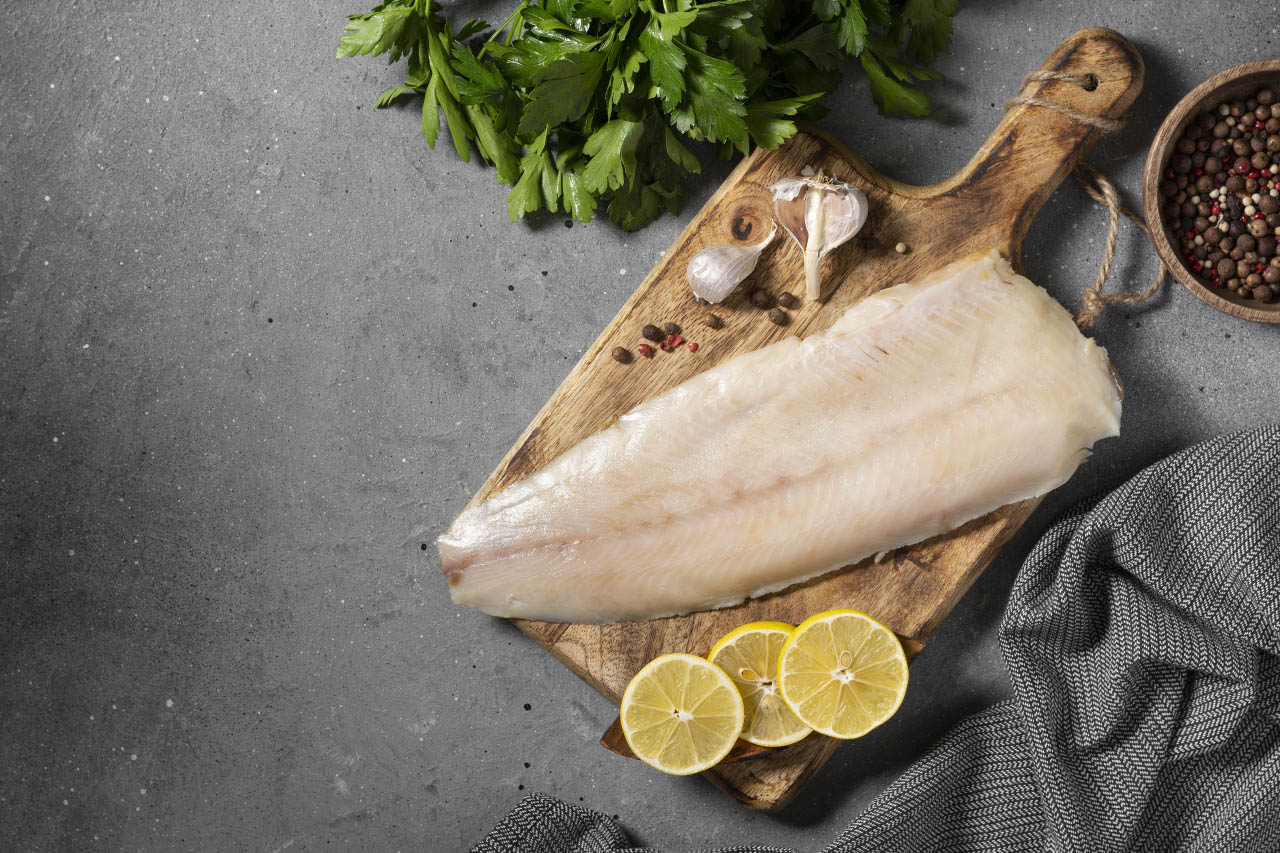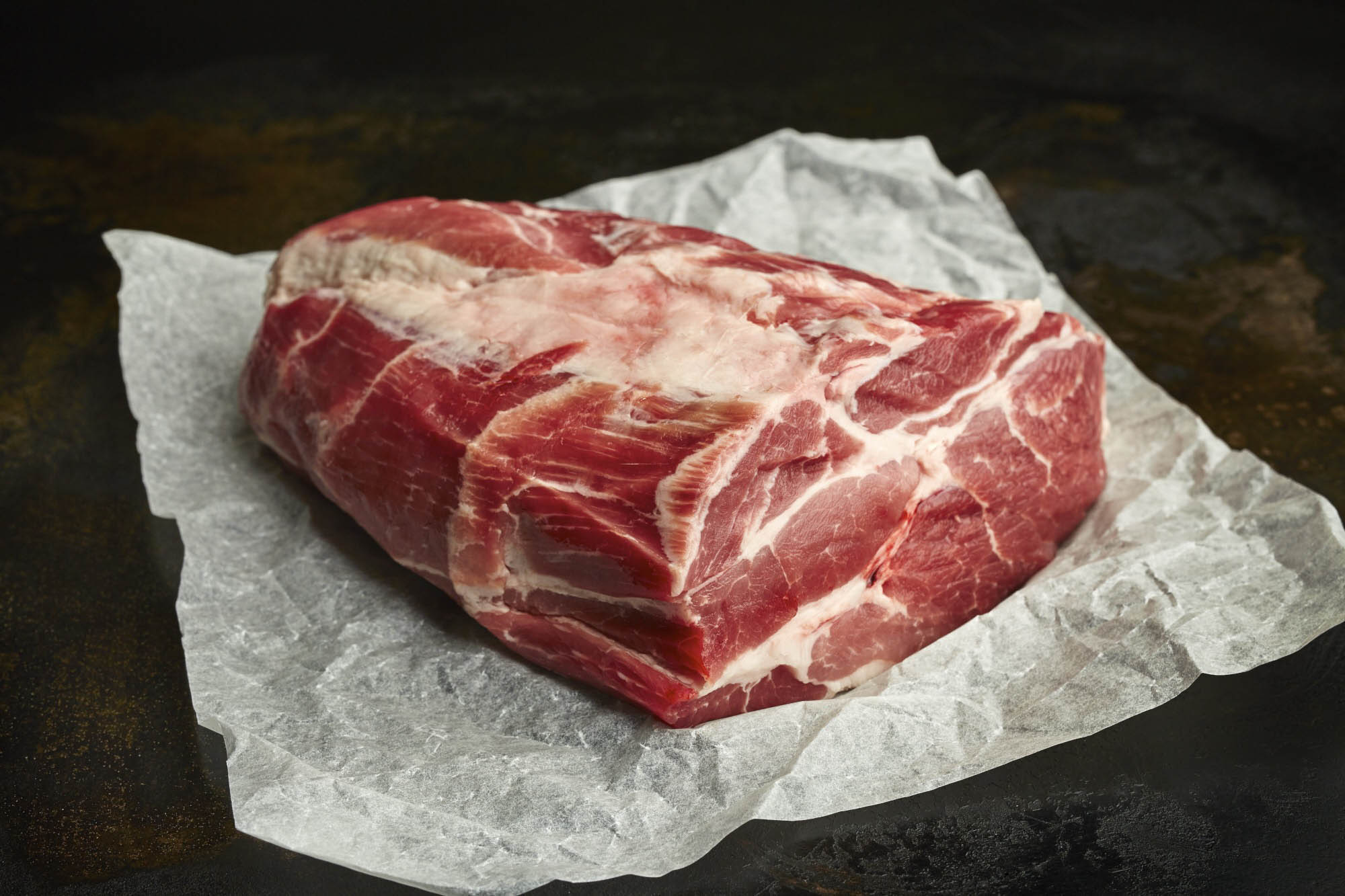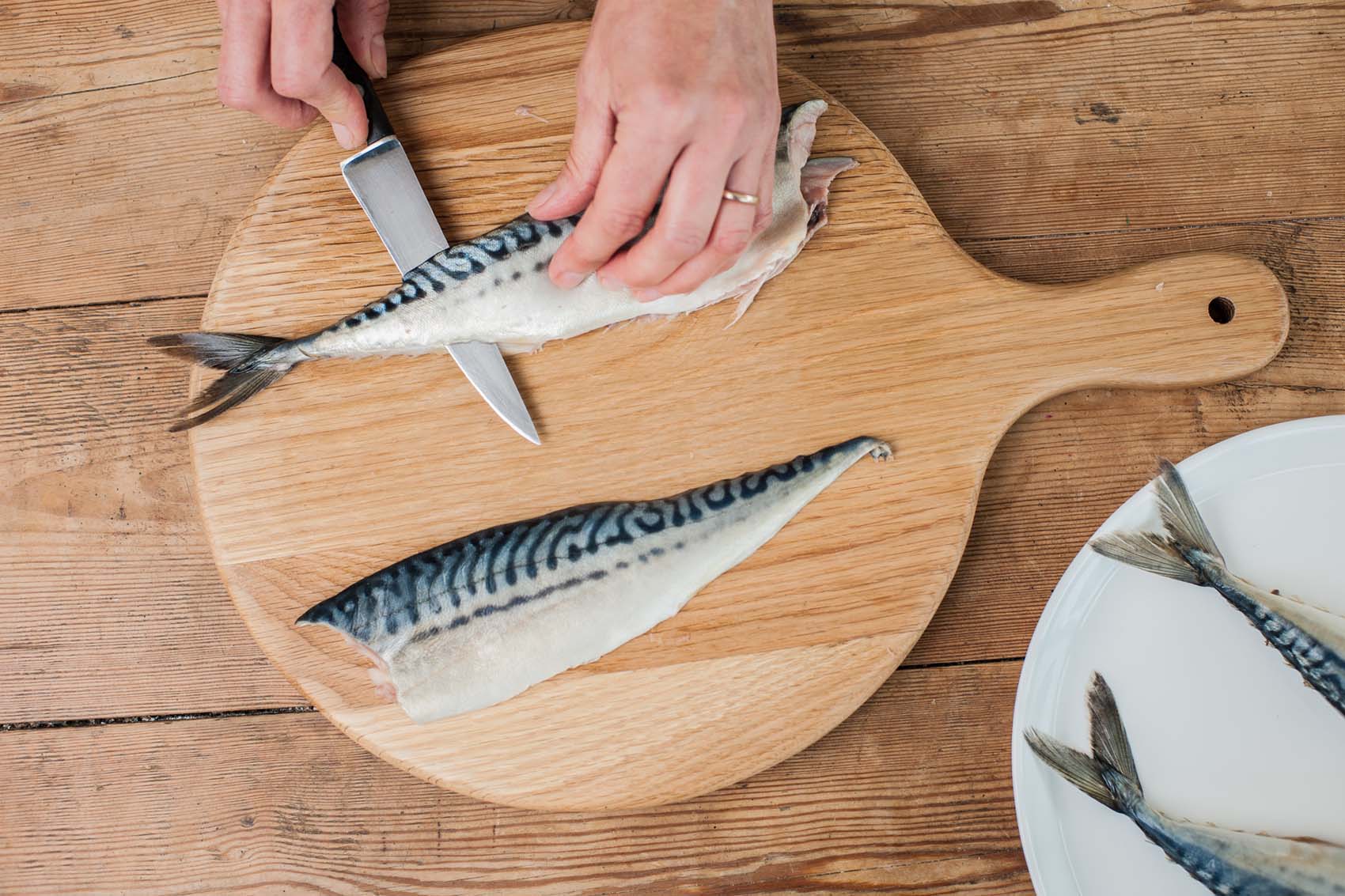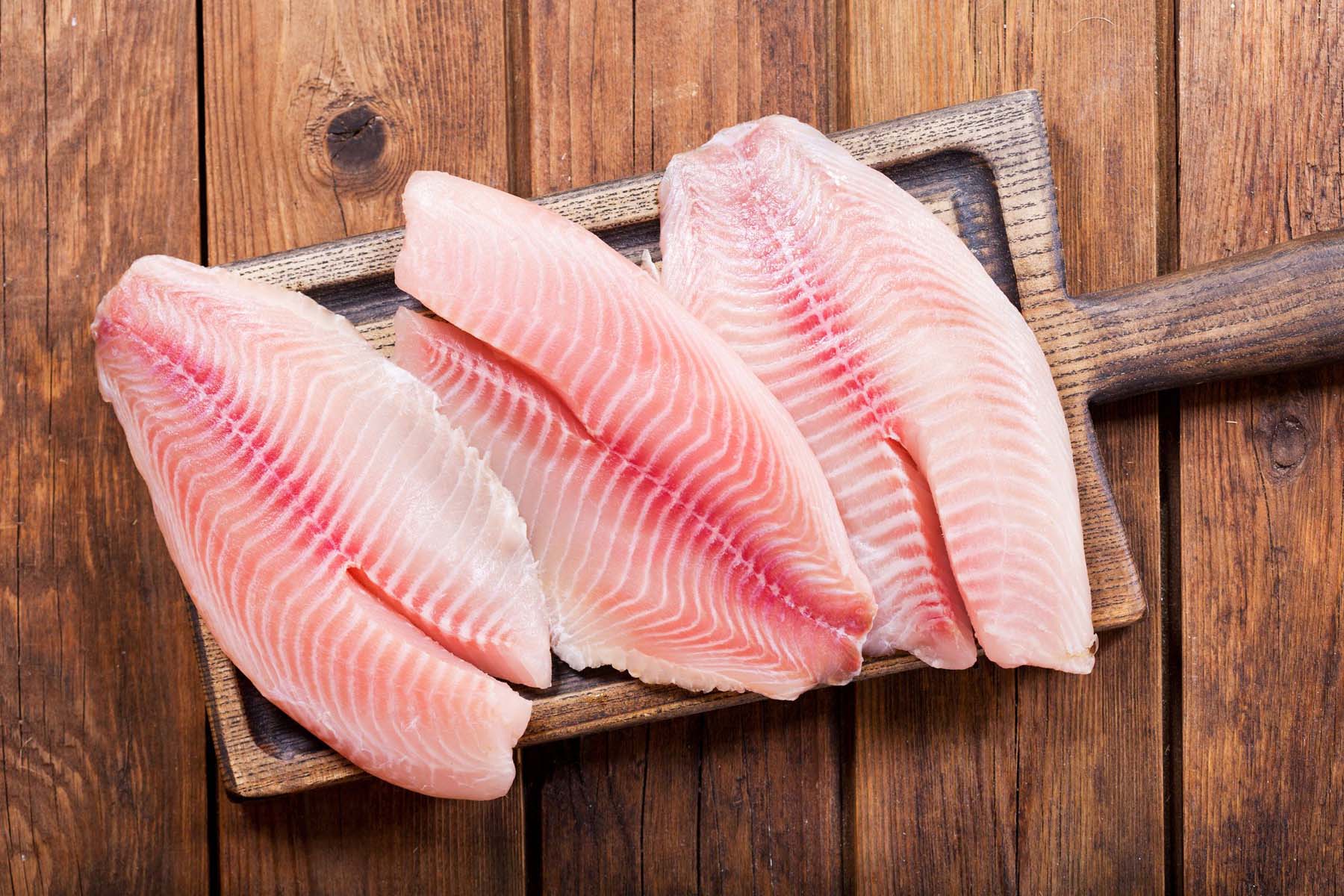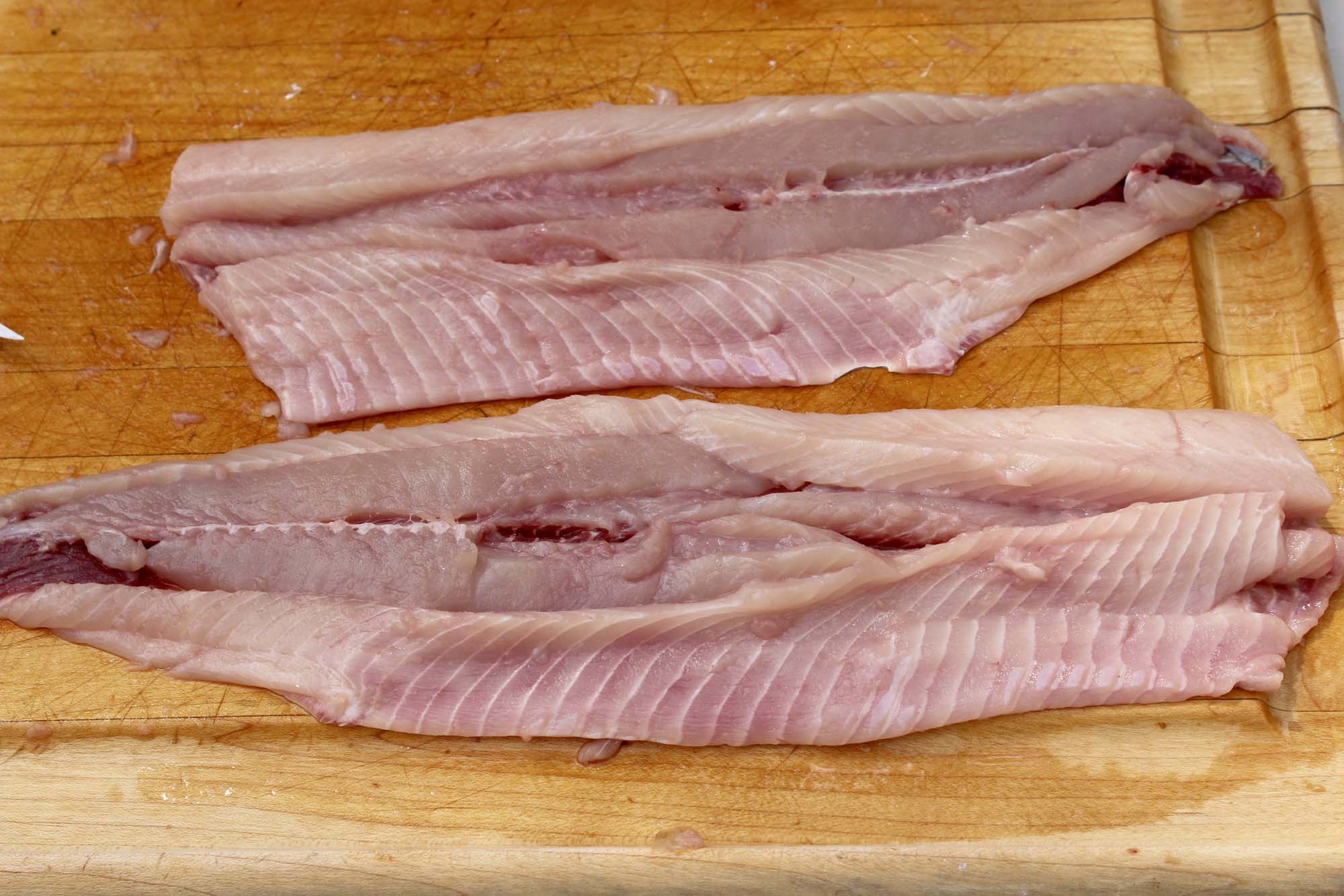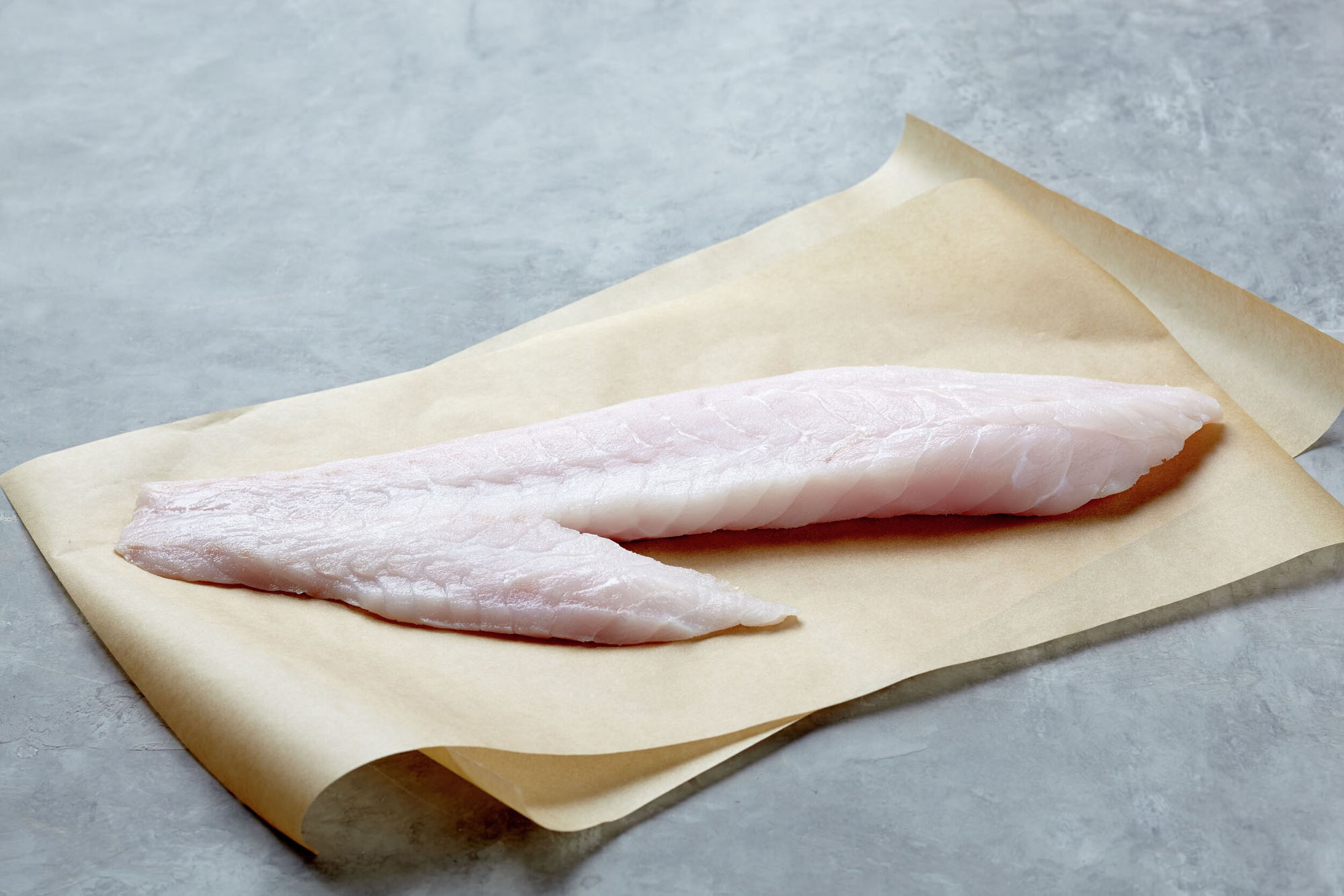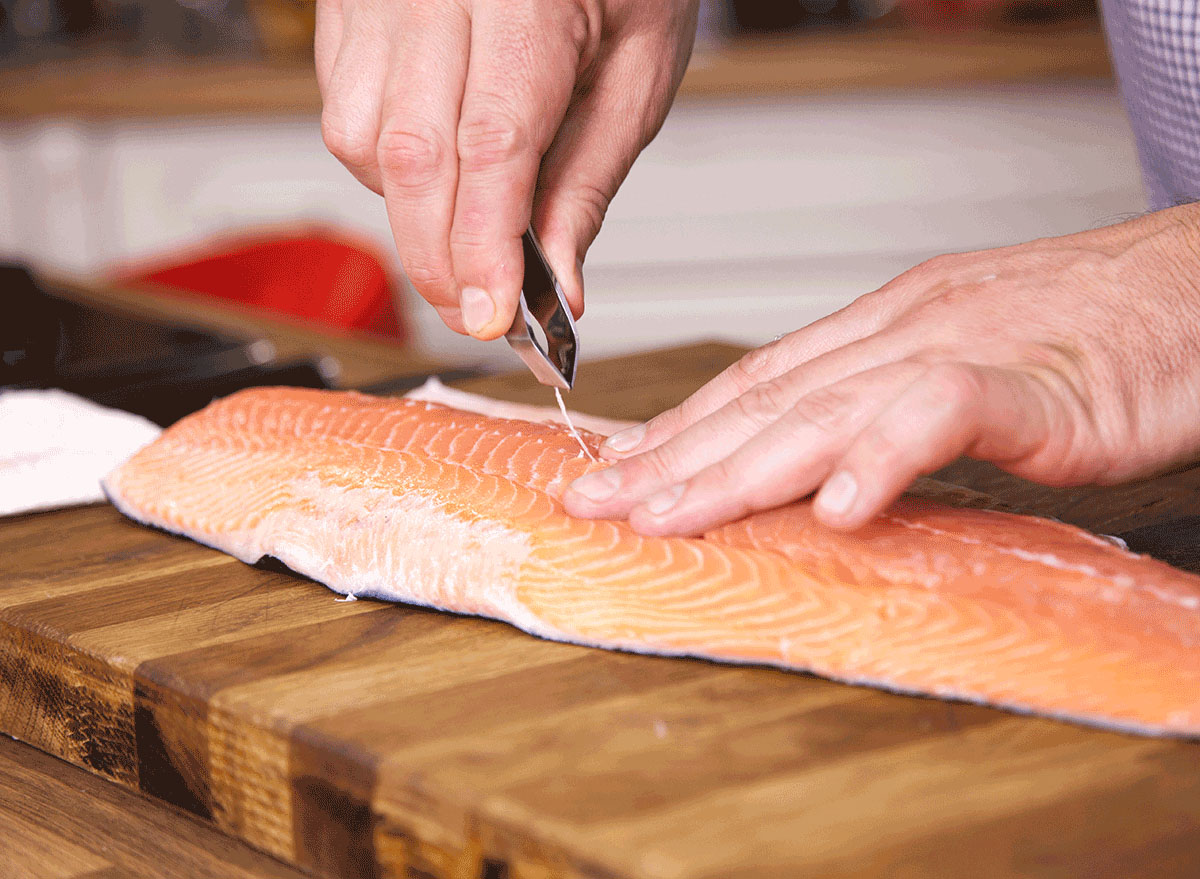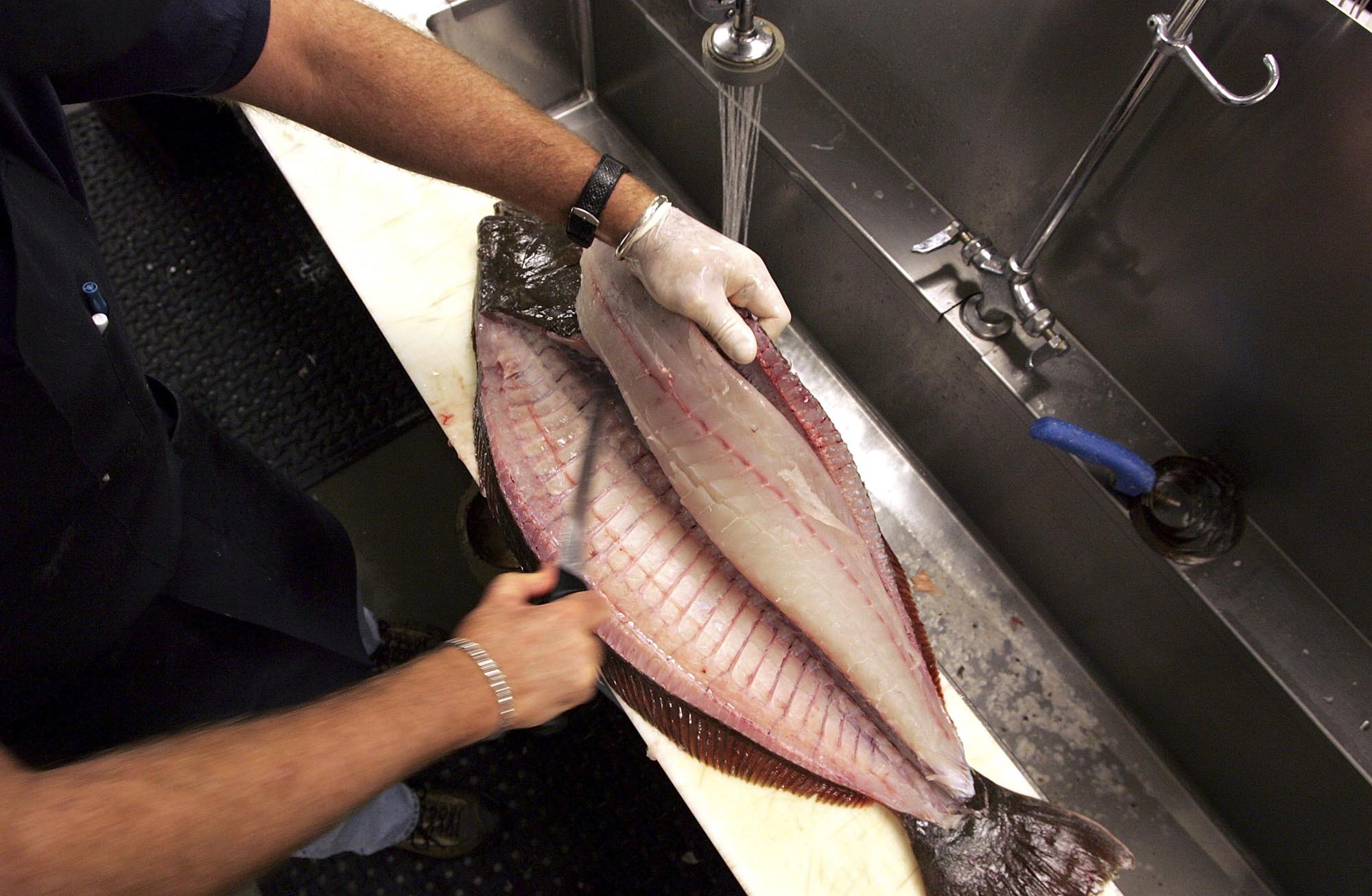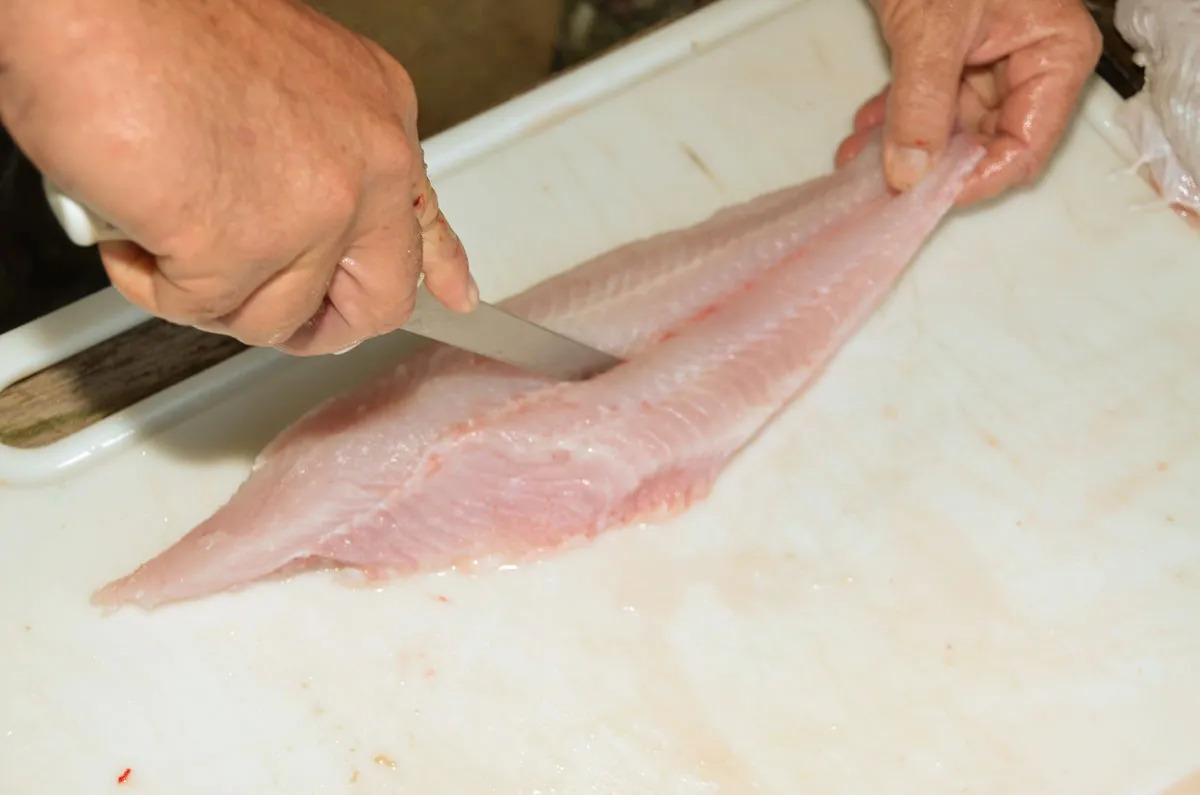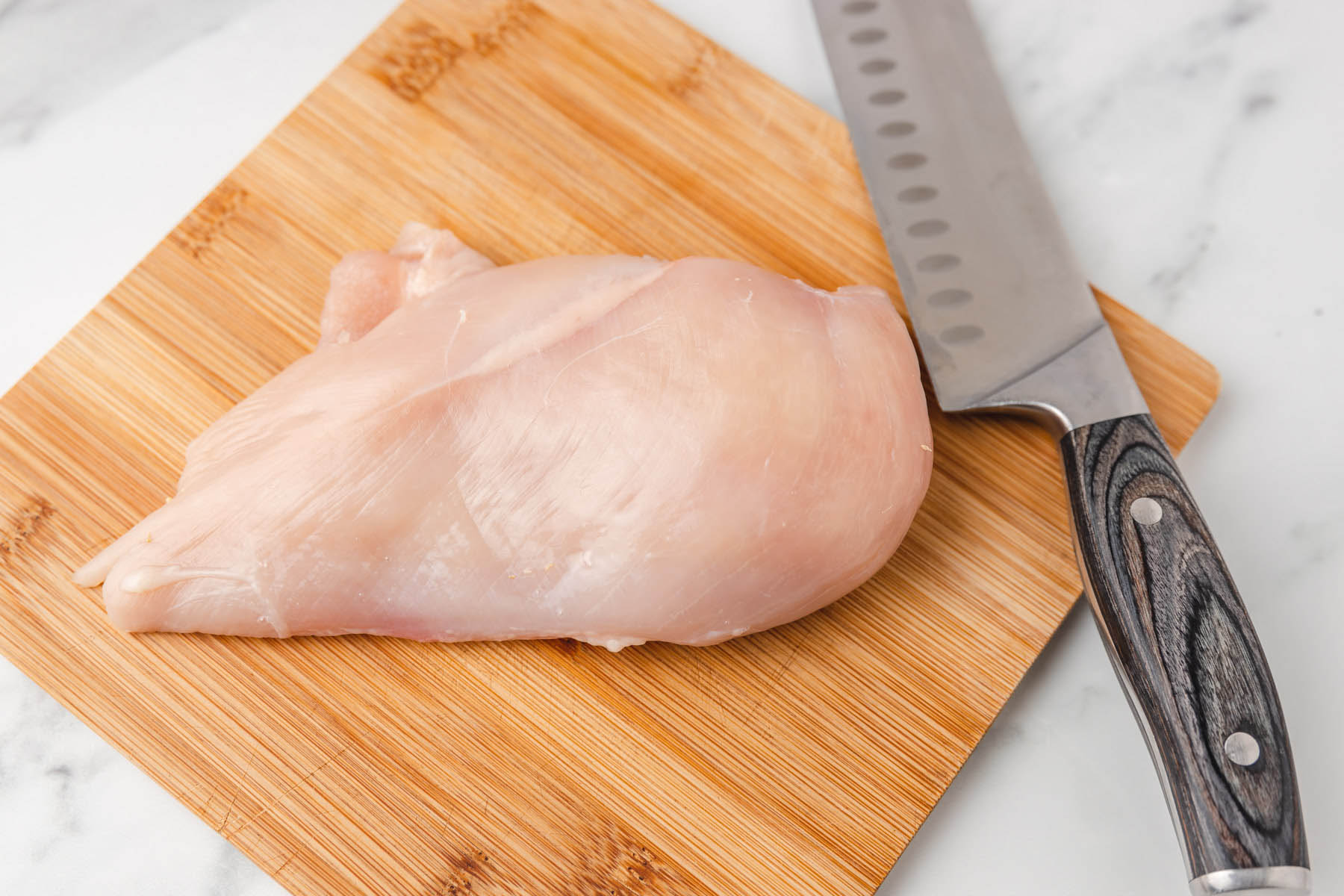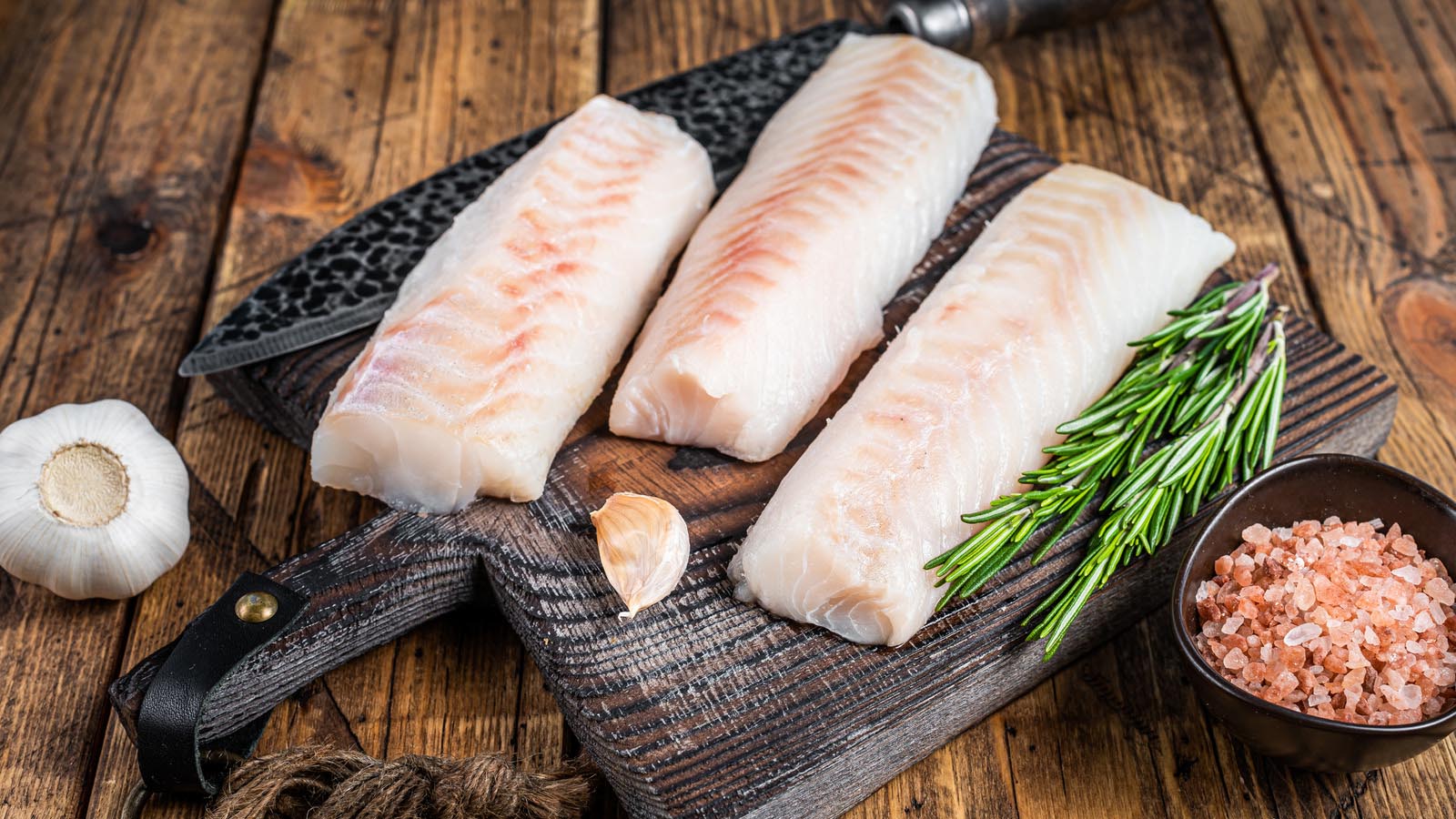Learn How to Debone and Gut a Bass Like a Pro
Deboning and gutting a bass is a crucial skill for any angler or home cook. Whether you’ve just caught a fresh bass or purchased one from the market, knowing how to properly prepare it for cooking is essential. Follow these simple steps to learn how to debone and gut a bass like a pro.
Tools You’ll Need
Before you begin, make sure you have the following tools on hand:
- Sharp fillet knife
- Cutting board
- Bowl for discarding waste
- Water for rinsing
Step 1: Gutting the Bass
Start by laying the bass on the cutting board with its belly facing up. Use the sharp fillet knife to make a shallow incision from the anus to the gills, being careful not to puncture the internal organs. Once the incision is made, carefully remove the internal organs and discard them into the bowl. Rinse the cavity with water to ensure it is clean.
Step 2: Removing the Scales
Using a fish scaler or the back of a knife, remove the scales from the bass by scraping from the tail towards the head. Rinse the bass under cold water to remove any loose scales.
Step 3: Deboning the Bass
With the bass still on the cutting board, make a small incision behind the gills and pectoral fin. Insert the fillet knife and carefully run it along the backbone towards the tail, separating the flesh from the bones. Use smooth, steady strokes to ensure you get as much meat as possible.
Step 4: Removing the Fillets
Once you’ve made the initial incision, continue to carefully separate the fillet from the bones, working your way towards the belly. When you reach the ribcage, use the knife to cut around it and free the fillet. Repeat the process on the other side of the bass to remove the second fillet.
Step 5: Checking for Bones
After removing the fillets, run your fingers along the flesh to check for any remaining bones. Use tweezers or pliers to carefully remove any small bones that may be present.
Step 6: Rinse and Prepare for Cooking
Once the bass is deboned, rinse the fillets under cold water to remove any remaining scales or debris. Pat the fillets dry with a paper towel and proceed with your chosen recipe, whether it’s grilling, baking, or frying.
With these simple steps, you can confidently debone and gut a bass at home, ensuring that you have the freshest, cleanest fillets for your next meal. Practice makes perfect, so don’t be discouraged if it takes a few tries to master this skill. Soon enough, you’ll be able to prepare a delicious bass dish with ease.
Happy cooking!
For those who have mastered the art of deboning and gutting a bass, there are several delightful recipes to try. One option is Baked Bass Fillets with Parmesan Crust, which combines a crispy, cheesy topping with the tender fish. Another must-try is Grilled Lemon Herb Bass Fillets that infuses the fish with a refreshing citrusy flavor. If you're in the mood for something rich and savory, Pan-Seared Bass with Garlic Butter is a perfect choice, offering a luscious garlic butter sauce that complements the bass beautifully. For a lighter, zesty option, Bass Fillet Tacos with Fresh Salsa provides a dynamic mix of textures and tastes. Each of these recipes highlights the versatility of bass and brings out its best flavors, making them ideal for showing off your new skills.
Was this page helpful?
Read Next: How To Debone A Rock Cornish Game Hen
